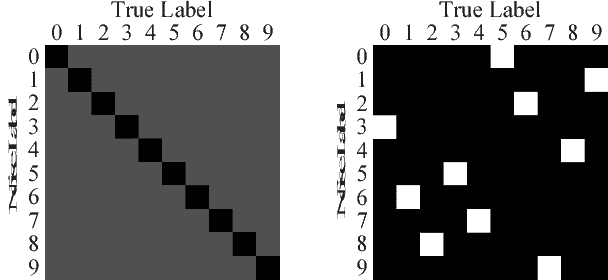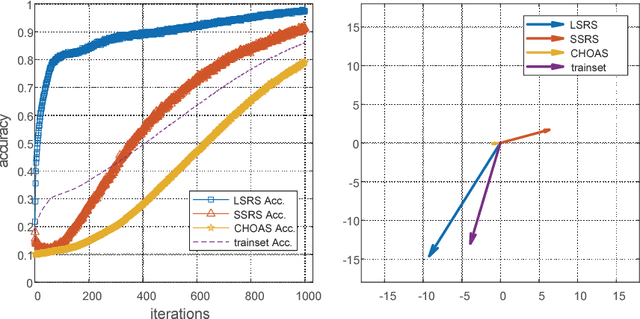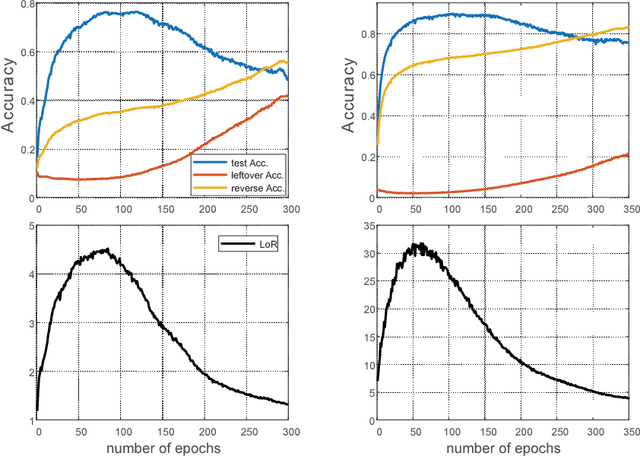Yan Tian
IA-MVS: Instance-Focused Adaptive Depth Sampling for Multi-View Stereo
May 19, 2025Abstract:Multi-view stereo (MVS) models based on progressive depth hypothesis narrowing have made remarkable advancements. However, existing methods haven't fully utilized the potential that the depth coverage of individual instances is smaller than that of the entire scene, which restricts further improvements in depth estimation precision. Moreover, inevitable deviations in the initial stage accumulate as the process advances. In this paper, we propose Instance-Adaptive MVS (IA-MVS). It enhances the precision of depth estimation by narrowing the depth hypothesis range and conducting refinement on each instance. Additionally, a filtering mechanism based on intra-instance depth continuity priors is incorporated to boost robustness. Furthermore, recognizing that existing confidence estimation can degrade IA-MVS performance on point clouds. We have developed a detailed mathematical model for confidence estimation based on conditional probability. The proposed method can be widely applied in models based on MVSNet without imposing extra training burdens. Our method achieves state-of-the-art performance on the DTU benchmark. The source code is available at https://github.com/KevinWang73106/IA-MVS.
Survey on deep learning in multimodal medical imaging for cancer detection
Dec 04, 2023Abstract:The task of multimodal cancer detection is to determine the locations and categories of lesions by using different imaging techniques, which is one of the key research methods for cancer diagnosis. Recently, deep learning-based object detection has made significant developments due to its strength in semantic feature extraction and nonlinear function fitting. However, multimodal cancer detection remains challenging due to morphological differences in lesions, interpatient variability, difficulty in annotation, and imaging artifacts. In this survey, we mainly investigate over 150 papers in recent years with respect to multimodal cancer detection using deep learning, with a focus on datasets and solutions to various challenges such as data annotation, variance between classes, small-scale lesions, and occlusion. We also provide an overview of the advantages and drawbacks of each approach. Finally, we discuss the current scope of work and provide directions for the future development of multimodal cancer detection.
Limited Gradient Descent: Learning With Noisy Labels
Dec 06, 2018



Abstract:Label noise may handicap the generalization of classifiers, and the effective learning of the main pattern from samples with noisy labels is an important issue. Recent studies have shown that deep neural networks tend to prioritize the learning of simple patterns over the memorization of noise patterns. This suggests the need for a method to search for the best generalization that learns the main pattern until noise begins to be memorized. An intuitive idea is to use a supervised approach to find the stop timing of learning by, for example, employing a clean verification set. In practice, however, a clean verification set is sometimes difficult to obtain. To solve this problem, we propose an unsupervised method called limited gradient descent to estimate the best stop timing. We modified the labels of a few samples in a noisy dataset to be almost false labels, creating a reverse pattern. By monitoring the learning progresses of the noisy samples and the reverse samples, we could determine the stop timing of learning. In this paper, we also provide some sufficient conditions on learning with noisy labels. Experimental results on CIFAR-10 demonstrate that our approach has a similar generalization performance to supervised methods. For uncomplicated datasets, such as MNIST, we add a relabeling strategy to further improve generalization and achieve state-of-the-art performance.
 Add to Chrome
Add to Chrome Add to Firefox
Add to Firefox Add to Edge
Add to Edge